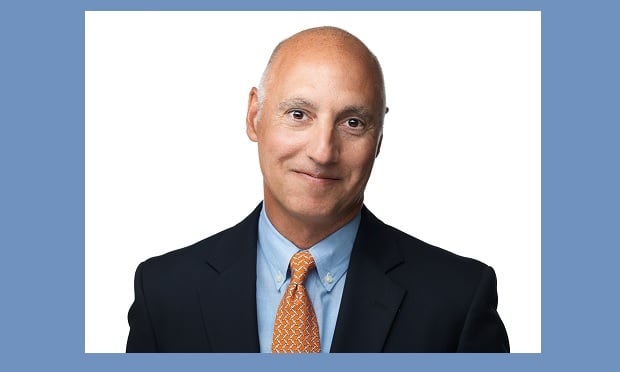NU Online News Service, Feb. 1, 3:12 p.m. EST
In an environment of rapidly evolving risks, just anticipating risk is not enough, as organizations also need to focus on building resilience to effectively manage risk and position themselves for long-term sustainability, says the chief executive of Willis Group Holdings.
Speaking at the 2012 World Captive Forum, Joe Plumeri, chairman and chief executive officer of Willis said hallmarks of a resilient organization include acknowledging the difficulty of predicting the future or so called “black swan” events. Organizations need to operate in a dynamic fashion to make adjustments in real-time when a catastrophe strikes, while simultaneously preparing for the future, he noted.
Recommended For You
Want to continue reading?
Become a Free PropertyCasualty360 Digital Reader
Your access to unlimited PropertyCasualty360 content isn’t changing.
Once you are an ALM digital member, you’ll receive:
- Breaking insurance news and analysis, on-site and via our newsletters and custom alerts
- Weekly Insurance Speak podcast featuring exclusive interviews with industry leaders
- Educational webcasts, white papers, and ebooks from industry thought leaders
- Critical converage of the employee benefits and financial advisory markets on our other ALM sites, BenefitsPRO and ThinkAdvisor
Already have an account? Sign In Now
© 2025 ALM Global, LLC, All Rights Reserved. Request academic re-use from www.copyright.com. All other uses, submit a request to [email protected]. For more information visit Asset & Logo Licensing.








